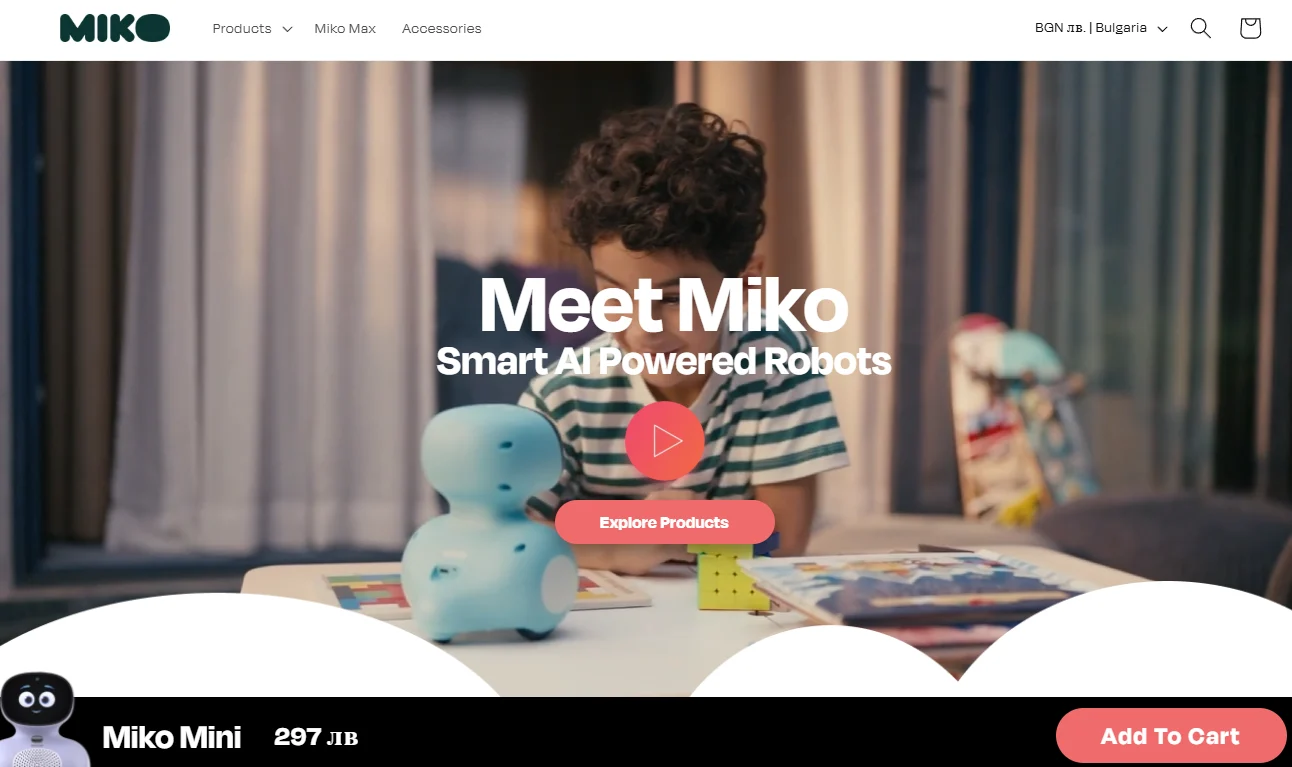Hume recently launched its latest voice and language base model, EVI 2, which integrates speech processing and text processing into a powerful and unified system. EVI 2 represents a significant advancement in AI-driven dialogue technology, providing users with a more natural, responsive, and highly customizable interactive experience.
Compared to its predecessor, EVI 2 has achieved significant improvements in speech quality and response speed. Its response latency has been reduced to an average of about 500 milliseconds, a 40% decrease compared to EVI 1, achieving near real-time conversation interaction and enhancing the fluency and naturalness between users and AI.
Another highlight of EVI 2 is its advanced emotional intelligence feature. This model can simultaneously process speech and language information, accurately understand the user's emotional background, and generate empathetic responses in content and intonation. This feature allows EVI 2 to adjust its personality and speaking style based on different application scenarios and user preferences.
For developers, EVI 2 offers a wealth of voice customization options, allowing them to adjust voice characteristics such as gender, nasal sound, and tone parameters without relying on potentially risky voice cloning technology. This customization feature creates a unique voice experience for specific applications or users.
In addition, EVI 2 is more competitive in terms of cost, with a 30% price reduction compared to its predecessor, providing developers who want to integrate advanced voice AI into their applications with a more attractive choice.
Currently, EVI 2 is in the testing phase, and Hume plans to continue optimizing the reliability, language support, and command compliance capabilities of this model in the coming weeks. At the same time, the company has revealed that it is developing a larger-scale EVI-2-large version, which is expected to be officially announced soon.
With the continuous advancement of voice AI technology, the launch of EVI 2 marks an important step towards more natural, emotionally intelligent, and personalized AI interaction. It has a wide range of potential applications, from customer service to the entertainment industry, and is expected to reshape our daily interaction with AI in the future.








